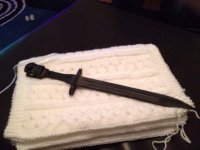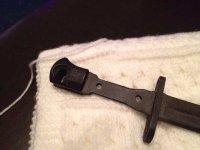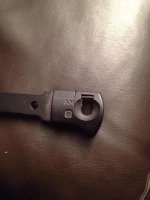I have found a few beyonet blades in the countryside in UK, i would really like to know the history if there is any at all? just as much information about it as possible. I know nothing about guns or weapons, just after any help or advice from you guys. Any dates or ideas on the gun it was used?
The only marking I can see says AM86, but I could do with giving it abit more of a clean up to see if says anything else.
I appreciate your help
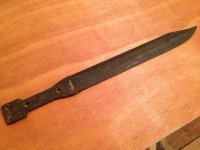
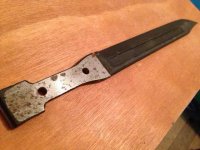
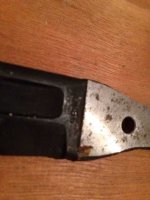
The only marking I can see says AM86, but I could do with giving it abit more of a clean up to see if says anything else.
I appreciate your help




